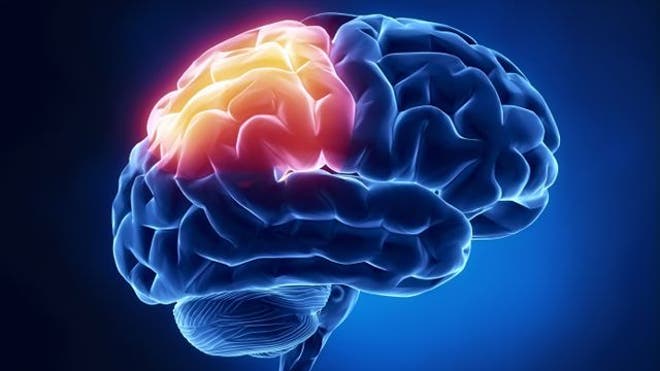
Safety in the home starts with your kitchen and your bathrooms. These are the places where, during and after any seizure, you can become confused and risk injury. Take these seizure precautions to decrease the chance of accidents.
Safeguard your kitchen
- Use oven mitts and cook only on rear burners
- If possible, use an electric stove, so there is no open flame
- Cooking in a microwave is the safest option
- Ask your plumber to install a heat-control device in your faucet so the water doesn’t become too hot
- Carpet the kitchen floor. This can provide cushioning if you fall
- Use plastic containers rather than glass when possible
Safeguard your bathroom
- Install a device in your tub and showerhead that controls temperature. This keeps you from burning yourself if a seizure occurs
- Carpet the floor—it’s softer and less slippery than tile
- Do not put a lock on the bathroom door. If you have one, never use it. Someone should always be able to get in if you need help
- Learn to bathe with only a few inches of water in the tub, or use a handheld showerhead
- Planning ahead for safety outside the home
Driving.
For many people with epilepsy, the risk of seizures restricts their independence, in particular the ability to drive. The Epilepsy Foundation offers a state-by-state database of driving restrictions and regulations on its website. Find out more about driving and epilepsy.
Participating in activities.
You can play sports with epilepsy, but it’s a good idea to have someone with you who knows how to manage a seizure. Wearing head protection is also recommended when you participate in a contact sport that might cause you to fall or hit your head.
Here are some tips for picking the right physical activities when you are living with epilepsy:
- If seizures usually occur at a certain time, plan activities when seizures are less likely to happen
- Avoid extreme heat when exercising and keep hydrated with plenty of water to reduce seizure risks
- Check with your neurologist before starting any new exercise program
Some activities may be restricted if you have uncontrolled seizures, including:
- Swimming alone
- Climbing to unsafe heights
- Riding a bike in traffic
Source: VIMPAT




 Researchers have identified abnormal expression of genes, resulting from DNA relaxation, that can be detected in the brain and blood of Alzheimer’s patients.
Researchers have identified abnormal expression of genes, resulting from DNA relaxation, that can be detected in the brain and blood of Alzheimer’s patients.





